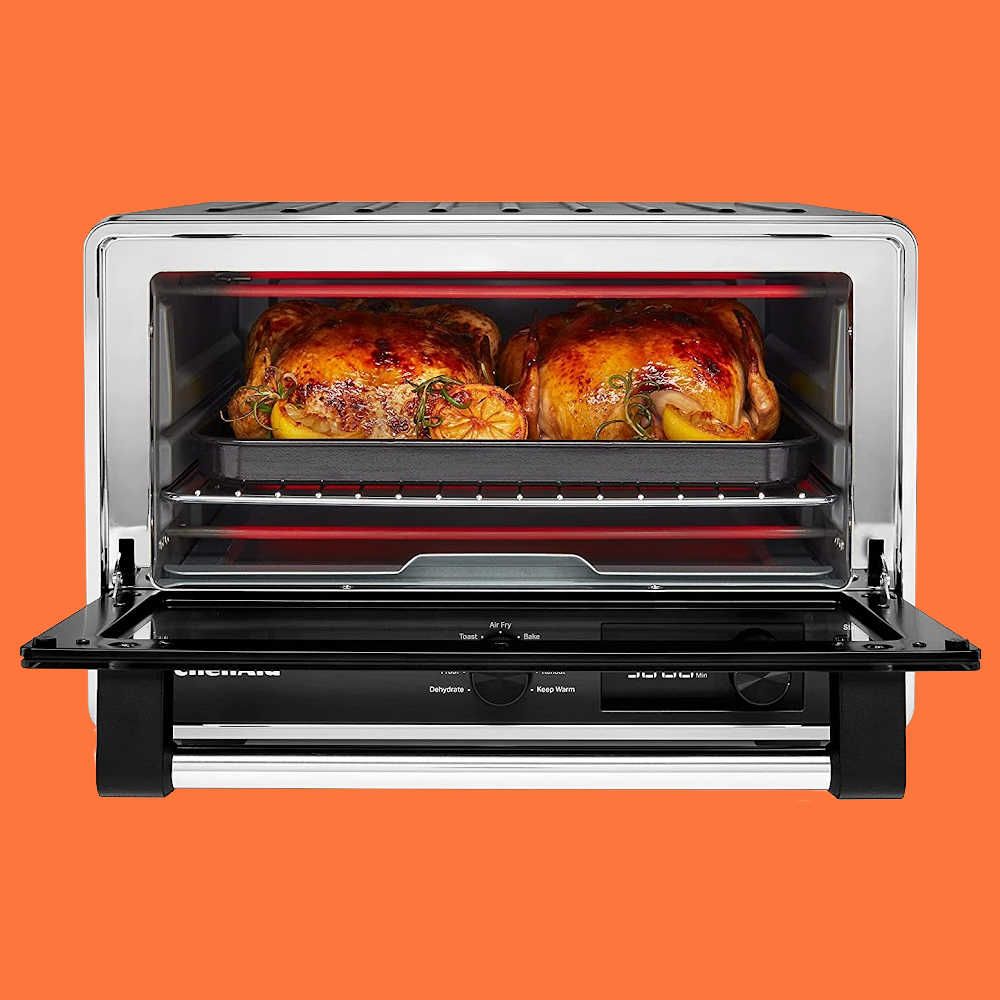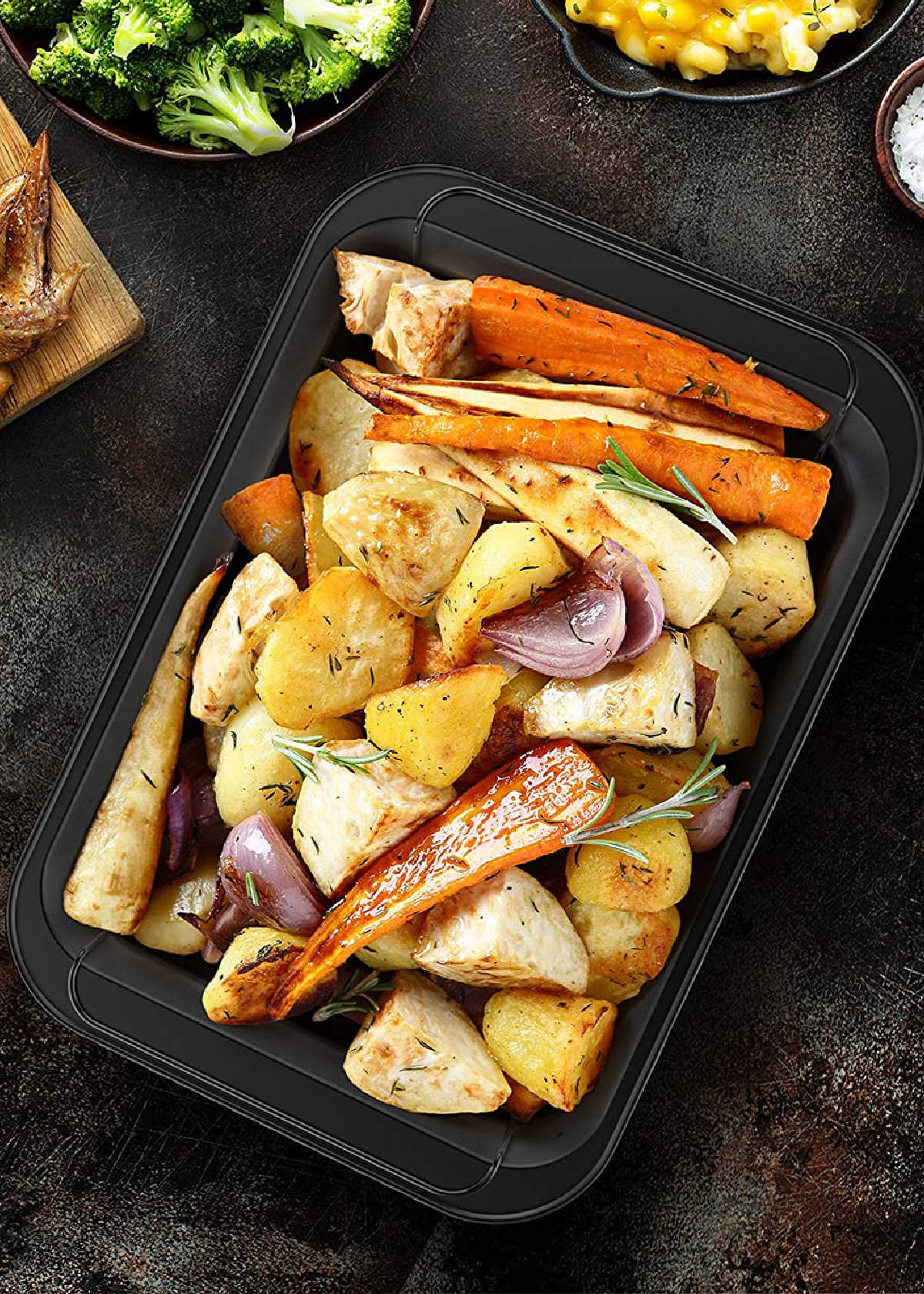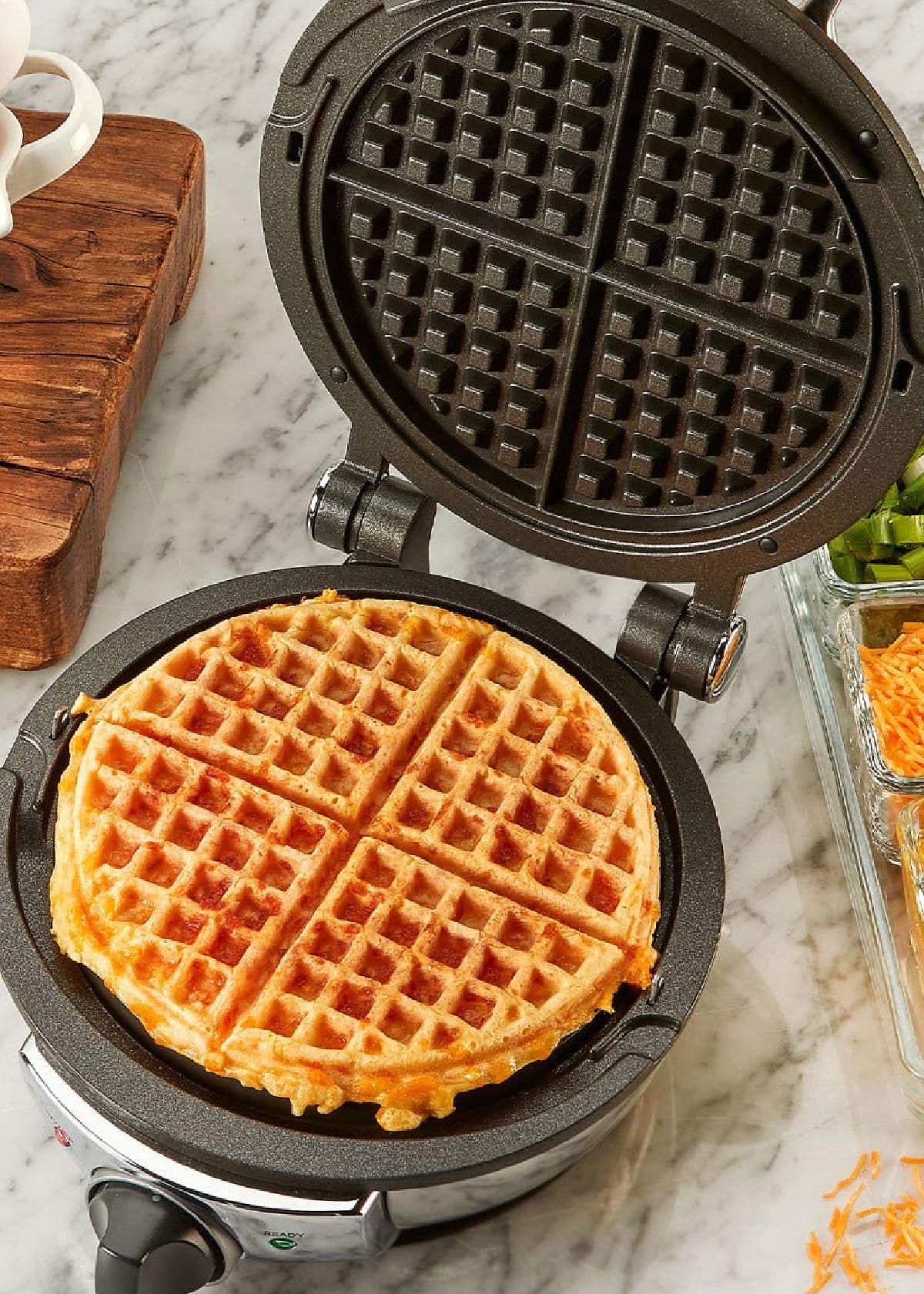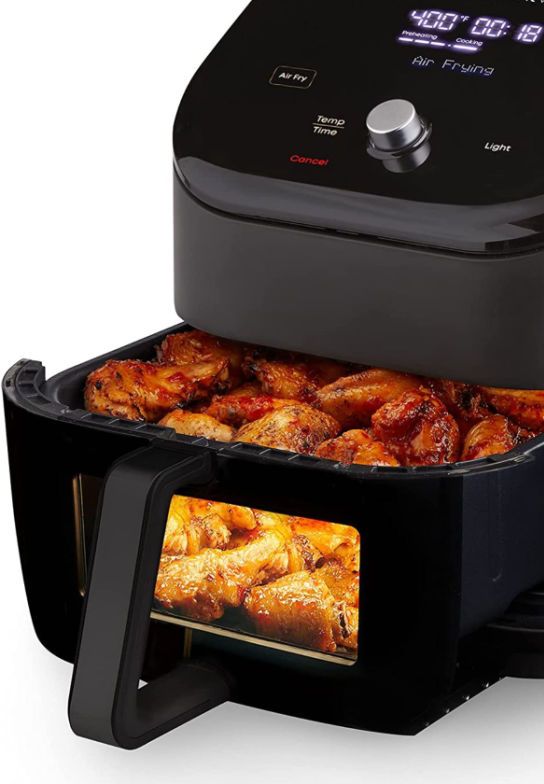Content Summary
Grating cheese can be a tiresome task, especially if you need large quantities for a recipe. Fortunately, you can use a food processor to make the process faster and easier.
In this article, we will break down the differences between grating and shredding cheese, and guide you on how to grate cheese in a food processor. We'll also provide tips on how to grate soft cheese, so you can make the perfect mac n' cheese or cheesy dip every time.


Grated Cheese Vs. Shredded Cheese
The terms "grate" and "shred" are often used interchangeably, but they refer to different things.
- Grating cheese involves reducing it into small pieces like shreds or powder, while shredding cheese means tearing it into thin, long pieces.
- Shredded cheese is typically used for toppings on salads or pizzas, while grated cheese is often used in recipes as an ingredient.
- When it comes to using a food processor to grate cheese, you need to cut it in small blocks that fit the feed tube. This is perfect for recipes that require melted cheese, like lasagna, pasta, soups, or fondue.
Note: to grate cheese, use the shredding disc. Yes, we know this sounds confusing. To shred cheese, don't cut the cheese in small blocks, but in elongated pieces. Try it, you'll see the difference.


How To Grate Cheese In A Food Processor
1. Grating Hard Cheeses
Parmesan, Gouda and Cheddar cheese are hard cheeses, and easy to grate in a food processor.
- Choose the shredding disc (or "cheese grater") and securely attach it.
- Cut your cheese into small blocks that will fit into the feeding tube.
- Turn on your food processor.
- Slowly feed the cheese into the tube, while being careful not to overfill it.
- Continue processing until all the cheese is grated and you have the desired amount.
Notes:
- Slicing the cheese into cubes before processing helps it to grate more evenly and quickly.
- If you do not have a shredding disc, you can use the S blade. However, the result will not be as good.
- Be careful not to overdo it as the cheese might turn into mush, instead of perfectly grated bits.
- If you are grating a large amount of cheese, it is best to do it in batches.







2. Grating Soft Cheeses
Soft cheeses like Brie, Mozzarella, and Ricotta are more delicate than hard cheeses and require more handling when grating. Grating soft cheese in a food processor can be a bit tricky, as it has a tendency to stick to the blade.
Preparing:
- Place your cheese in the freezer for about 30 minutes before grating. This will firm it up and make it easier to grate.
- Another option is to add a small amount of cornstarch or flour to the cheese before processing. This will help to absorb any excess moisture and prevent clumping together.
Processing:
- Cut the cheese into small squares that will fit inside your the feeding tube.
- Securely attach the shredding disc.
- Place the cheese into the feeding tube and slowly push the chees blocks down the tube.
- Turn on your food processor and process until you achieve the desired texture.
- Once you have grated all the cheese, transfer it to a bowl and use as required.
Notes:
- Be sure to keep an eye on the texture of the cheese as you are processing it.
- If you find that your cheese is sticking to the blade or not being grated evenly, you can use a spatula to scrap it down.
- If you are grating large amounts of cheese, it is best to do them in batches.
- Soft cheeses have a tendency to melt when grated so work quickly and keep the grated cheese refrigerated until ready for use.







Grating Cheese FAQs
Here are some of the most common questions about grating cheese in a food processor.
Is it better to grate cheese by hand or machine?
It depends on the quantity and type of cheese you are grating. If you need to are grate a considerable amount of hard cheese, using a food processor will be much more efficient and convenient than a hand grater.
Is it better to grate cheese cold or warm?
When grating cheese, it is best to keep it cold. Keeping the cheese cold will help to ensure that it doesn't melt and become mushy when grated.
Be sure to store the grated (or shredded) cheese in the fridge until ready for use, like what you do with pre-grated or pre-shredded cheese.
Additionally, if you are grating soft cheeses, we recommend placing the cheese in the freezer for about 30 minutes before grating. This will help to firm it up and make it easier to process.
What if my cheese is too hard to grate?
Sometimes cheese is too hard to grate. Parmesan cheese is notorious. If this is the case, try wrapping it in a damp paper towel and placing it in a sealed bag chilled in the refrigerator for several hours. This will soften the cheese a bit and make it easier to cut in cubes and grate.
Alternatively, you can microwave the cheese for a few seconds on high power before grating. This will heat up the cheese just enough to make it easier to process without melting it.
Can I grate cheese in a blender?
A blender isn't suitable for grating cheese as it doesn't have a shredding disc. The blades are also too sharp and might cause the cheese to turn into a paste or mush. When grating cheese, for best results we recommend using a food processor with a shredding disc.
What do they put on shredded cheese to keep it from sticking together?
Pre-shredded cheese is usually coated with cornstarch to help prevent it from clumping together. Anti-caking agents are also sometimes used in pre-shredded cheeses, but the ingredients will vary depending on the type of cheese and brand.
How long does freshly grated cheese last?
Freshly grated Parmesan cheese or any other kind of grated or shredded cheese should be consumed within 3 to 5 days. Alternatively, you can freeze the cheese in an airtight container for up to 3 months.
When ready to use, simply thaw it in the refrigerator overnight and gently shake it loose before use.




Tips & Tricks
- If you are using a regular S-blade and not a shredding disc, be sure to pulse it a few times instead of running it continuously. This will help ensure that the cheese does not get too mushy.
- If your grated cheese is clumping together, spread it out on a paper towel and let it air dry for about 10 minutes before using.
- If you are looking to create really fine shreds of cheese, cut the cheese in elongated pieces. Then, run the food processor at a slow speed.
- Adding a tablespoon of olive oil to the cheese before processing will help prevent it from sticking together and give it a nice flavor.
- If you find that your cheese is sticking to the walls of your food processor, use a rubber spatula to scrape down the sides before continuing.
- Always clean both the bowl and the disc right after use.
Grating cheese in a commercial-grade food processor can make your kitchen chores more manageable and less tedious. The cheese turns out uniformly grated (or shredded), ready for use for making a pasta dish, cheese sauce, or in any other recipe requiring cheese.
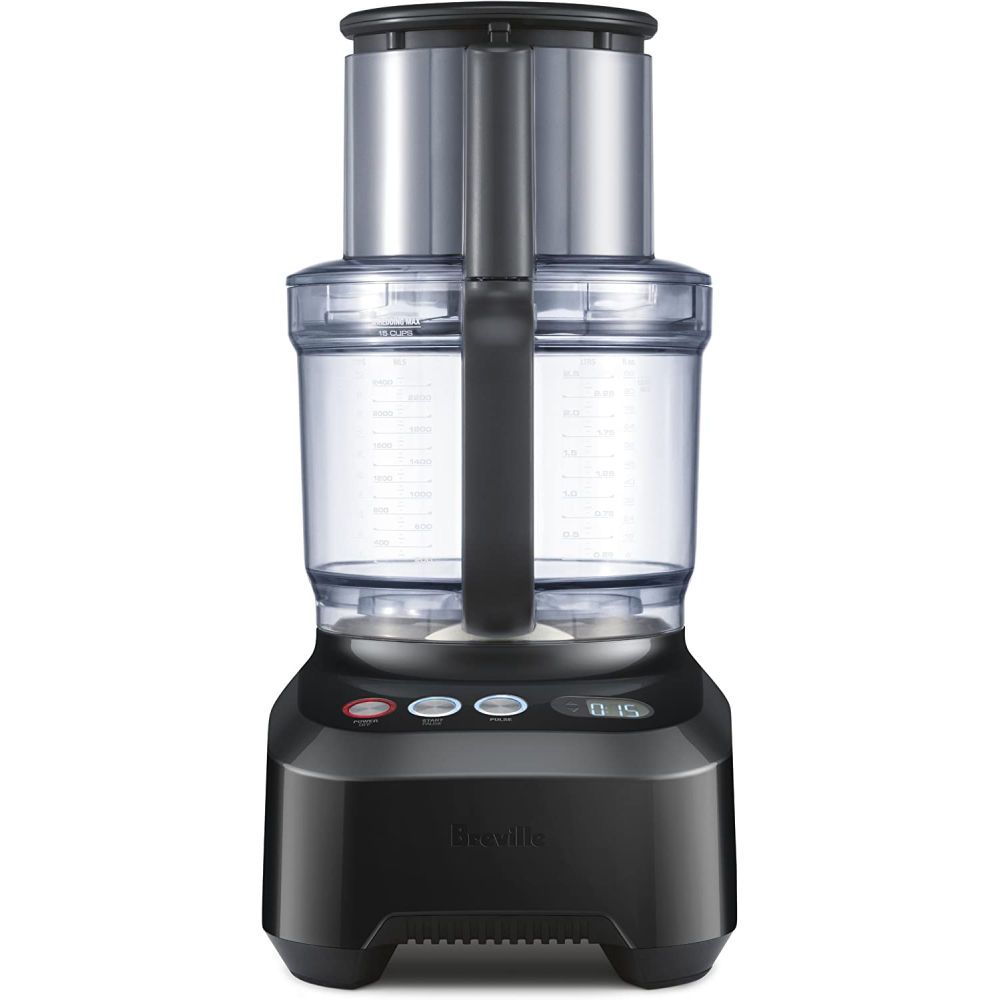
We hope this article has been informative, and that you are ready to grate cheese like a pro in no time.
Happy grating!
Catchy Finds




